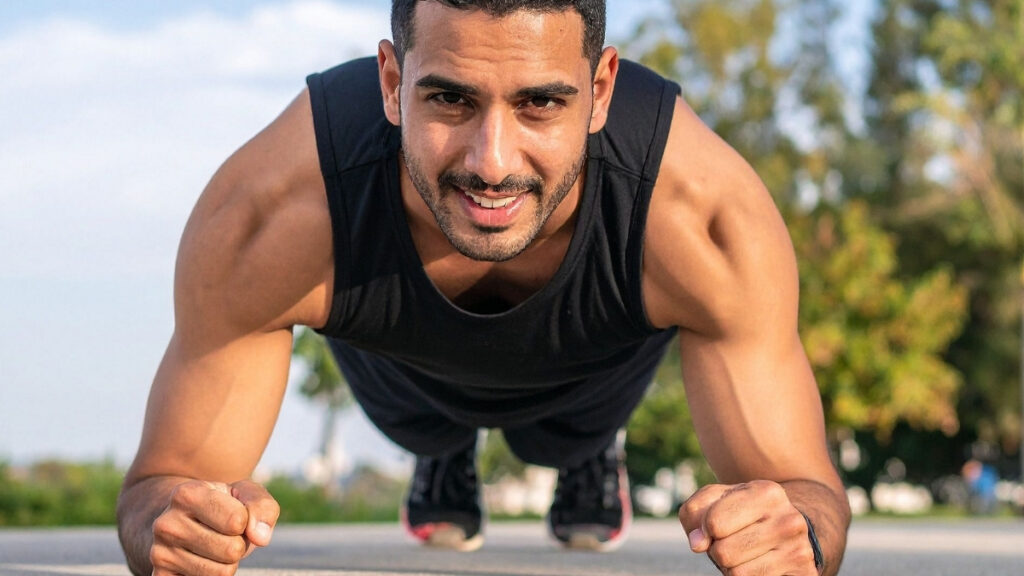
Strength training is no longer confined to gyms or expensive equipment. Individuals can harness the strength of their own bodies to build muscle and enhance fitness through bodyweight training. This approach has gained significant popularity, offering an accessible and cost-effective way to exercise without the need for a gym membership or specialized tools.
What is Bodyweight Training?
Bodyweight training involves using one’s own body weight as resistance instead of external weights like dumbbells or barbells. This method includes a variety of exercises such as push-ups, squats, lunges, and sit-ups. Additionally, static holds like planks or yoga poses are effective in challenging muscle strength without any movement. Bodyweight training is versatile, catering to all muscle groups and fitness levels, making it a suitable option for nearly anyone.
Exercises can be categorized by movement type or targeted body regions, allowing individuals to tailor their workouts to their specific needs. In addition to traditional bodyweight exercises, styles such as calisthenics incorporate equipment like bars and rings, further expanding the possibilities for effective workouts.
Benefits and Considerations
Engaging in bodyweight training comes with several advantages. It is convenient, as it can be performed anywhere—whether at home, in a park, or while waiting for a child at a sporting event. The lack of required equipment means individuals can start their fitness journey without financial investment. Moreover, bodyweight exercises can be easily modified to increase or decrease difficulty, catering to all fitness levels.
However, there are also some considerations to keep in mind. While bodyweight training is generally safe, it is essential to maintain proper form to prevent injuries. Individuals should consult a medical professional before beginning any new exercise regimen, especially if they have pre-existing health conditions.
Additionally, consistent practice is vital. As noted by experts like Dan van den Hoek, Senior Lecturer in Clinical Exercise Physiology at the University of the Sunshine Coast, and Jackson Fyfe, Senior Lecturer in Strength and Conditioning Sciences at Deakin University, bodyweight training requires time and dedication to yield significant results.
Getting Started Safely
For those ready to embark on their bodyweight training journey, here are some tips to ensure a safe and effective experience:
1. **Start Slow**: Focus on mastering basic movements before progressing to more complex exercises.
2. **Establish a Routine**: Create a consistent workout schedule that fits your lifestyle.
3. **Listen to Your Body**: Pay attention to any discomfort or pain, and adjust your routine accordingly.
Bodyweight training represents a powerful, no-cost approach to improving strength and overall fitness. With creativity and determination, individuals can transform their bodies using just their own weight, making fitness accessible to everyone, regardless of their resources.
The insights shared in this article are adapted from a piece published in The Conversation, emphasizing the importance of bodyweight training as a viable fitness solution.






